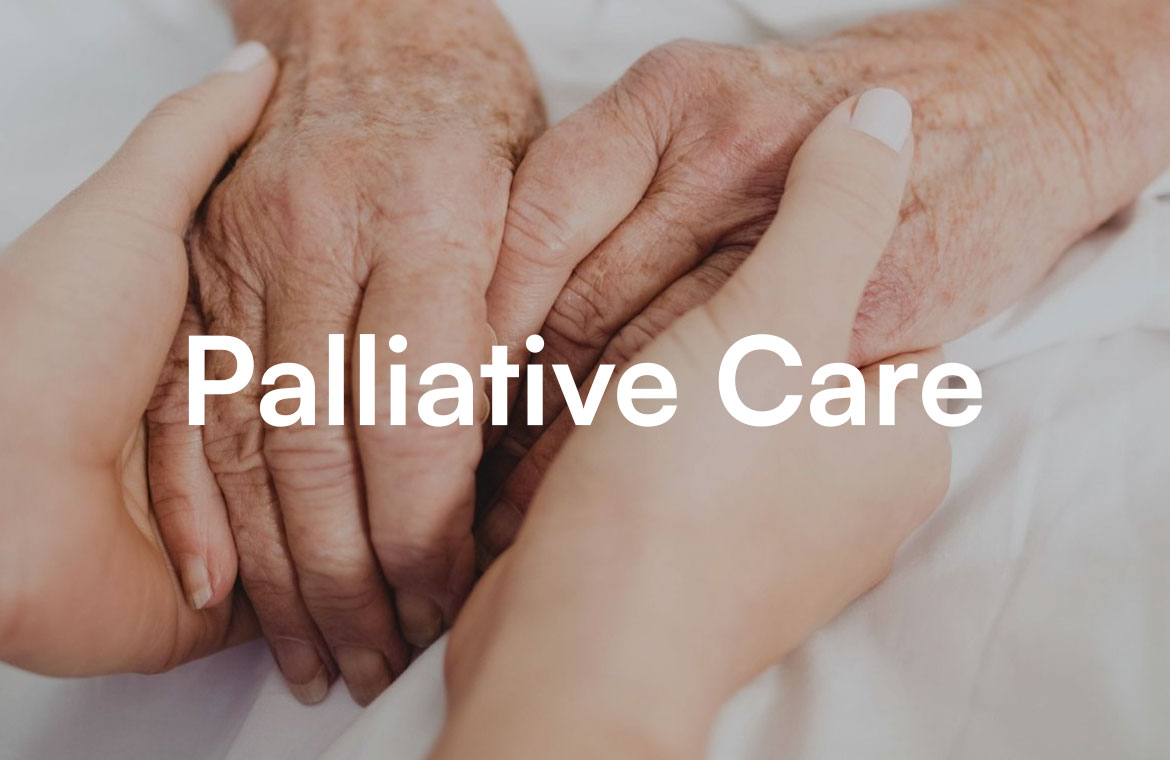Introduction:
As Diwali approaches, homes light up, neighbourhoods buzz with excitement, and communities come together in celebration. Known as the Festival of Lights, Diwali signifies the victory of light over darkness and good over evil. However, amidst the festive cheer, there are certain health and safety risks that often get overlooked. As a community medicine resident, it’s essential to raise awareness about these risks and suggest practical ways to ensure a safe, healthy Diwali for everyone. From air quality and respiratory issues to fire hazards and dietary challenges, this blog sheds light on how a few simple precautions can go a long way in celebrating responsibly.
1. Protecting Respiratory Health: Air Quality Matters
One of the most pressing health concerns during Diwali is air pollution. The celebration of Diwali is often accompanied by the bursting of firecrackers, which significantly increases levels of air pollutants such as particulate matter (PM2.5), nitrogen dioxide, and sulphur dioxide. Studies show that air pollution spikes during Diwali, exacerbating respiratory issues for those with asthma, bronchitis, and COPD(1). This is particularly problematic in densely populated urban areas where pollution levels are already high.
Public Health Tips:
– Limit exposure: Try to stay indoors when pollution levels are highest, typically in the evening and early morning following Diwali celebrations.
– Use air purifiers: For people with chronic respiratory conditions, investing in an air purifier can help mitigate indoor air pollution.
– Wear masks: For those who must be outside, wearing masks (N95 or similar) can provide an added layer of protection.
– Promote eco-friendly celebrations: Encourage community-level initiatives to limit the use of firecrackers or explore alternatives like laser light shows or virtual fireworks.
2. Minimizing Noise Pollution for Mental Health
Diwali celebrations often include loud firecrackers, which can exceed safe decibel levels and lead to adverse health effects such as hearing loss, stress, and anxiety. Noise pollution doesn’t just impact people but also has detrimental effects on pets and wildlife. This disturbance can be especially concerning for elderly individuals and young children, who are more vulnerable to high noise levels.
Public Health Tips:
– Opt for quiet zones: Designate areas where people can celebrate without the use of firecrackers.
– Encourage silent celebrations: Opt for alternative festivities such as rangoli-making competitions or musical events to reduce the reliance on firecrackers.
– Educate communities: Raise awareness about the impact of noise pollution, encouraging people to consider quieter, more inclusive ways to celebrate.
3. Preventing Fire Hazards: Safety First
Firecrackers, diyas (oil lamps), and decorative lights can pose significant fire hazards during Diwali. Every year, hospitals report an increase in burn injuries during the festival season. Basic fire safety knowledge and precautions can reduce the risk of accidents.
Public Health Tips:
– Supervise children: Adults should always supervise children around firecrackers and open flames.
– Wear safe clothing: Avoid synthetic or loose-fitting clothing near fire sources; cotton clothing is a safer option.
– Have emergency resources nearby: Keep water, a bucket of sand, or a fire extinguisher on hand, especially in areas where diyas or firecrackers are being used.
– Seek medical help quickly: In the case of burn injuries, it’s essential to cool the burn with running water for at least 10 minutes and seek professional medical help if the burn is severe.
4. Balanced Eating for a Healthier Diwali
Diwali is synonymous with feasting, and many families celebrate by preparing a variety of sweets, fried snacks, and rich dishes. However, for people with conditions like diabetes, heart disease, or obesity, indulging in these foods can pose risks. Excessive sugar and fat consumption can also lead to digestive issues and unanticipated weight gain(2).
Public Health Tips:
– Moderation is key: Enjoy traditional foods but try to practice portion control.
– Choose healthier alternatives: Incorporate dried fruits, nuts, and low-sugar sweets into the menu as healthier snack options.
– Stay hydrated: Drinking plenty of water can help prevent overeating and maintain hydration.
– Include physical activity: Encourage a family walk after meals or light physical activity to balance out the festive indulgence.
5. COVID-19 Precautions in Festive Gatherings
Even though the peak of the COVID-19 pandemic may have passed, maintaining awareness of virus transmission is still essential, especially during gatherings. Diwali gatherings bring together family and friends, sometimes from distant locations, which could increase the risk of spreading infections(3).
Public Health Tips:
– Embrace outdoor gatherings: When possible, hold celebrations outdoors or in well-ventilated spaces.
– Encourage good hygiene: Remind people to wash their hands frequently and keep sanitizer accessible.
– Consider vulnerable individuals: If older adults or people with preexisting conditions are attending, make accommodations to minimize crowding and reduce their exposure.
Conclusion: A Health-Conscious Diwali
Diwali is a time of togetherness, joy, and celebration, but it doesn’t have to come at the cost of health. By understanding the risks and taking proactive measures, we can celebrate the festival in a way that prioritizes the well-being of our families, communities, and the environment. As a community, let’s work towards a Diwali that shines brightly, not just in our homes but also in our commitment to health and safety. After all, a responsible, health-conscious Diwali is one that truly embodies the spirit of light and positivity.
References
- Guttikunda SK, Jawahar P. Atmospheric emissions and pollution from the coal-fired thermal power plants in India. Atmospheric Environment. 2014 Aug 1;92:449–60.
- Misra A, Khurana L. Obesity-related non-communicable diseases: South Asians vs White Caucasians. Int J Obes (Lond). 2011 Feb;35(2):167–87.
- Chu DK, Akl EA, Duda S, Solo K, Yaacoub S, Schünemann HJ, et al. Physical distancing, face masks, and eye protection to prevent person-to-person transmission of SARS-CoV-2 and COVID-19: a systematic review and meta-analysis. The Lancet. 2020 Jun 27;395(10242):1973–87.




